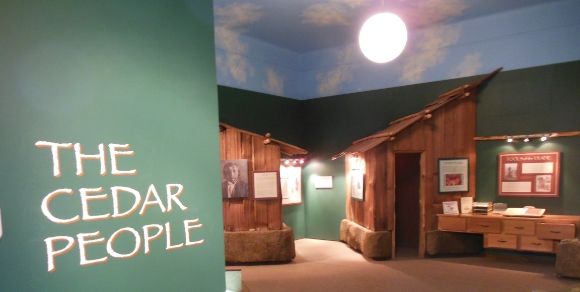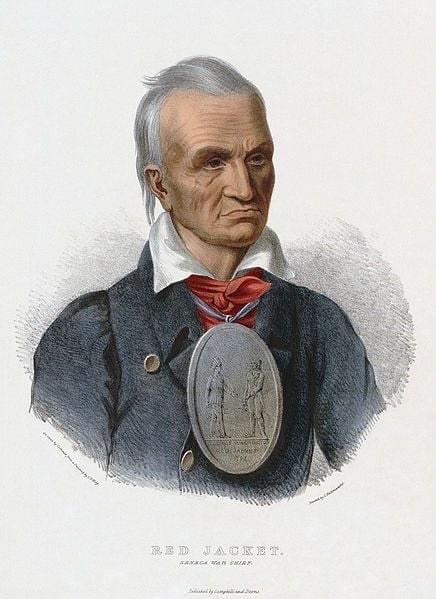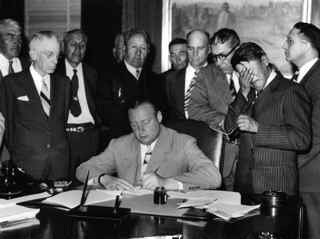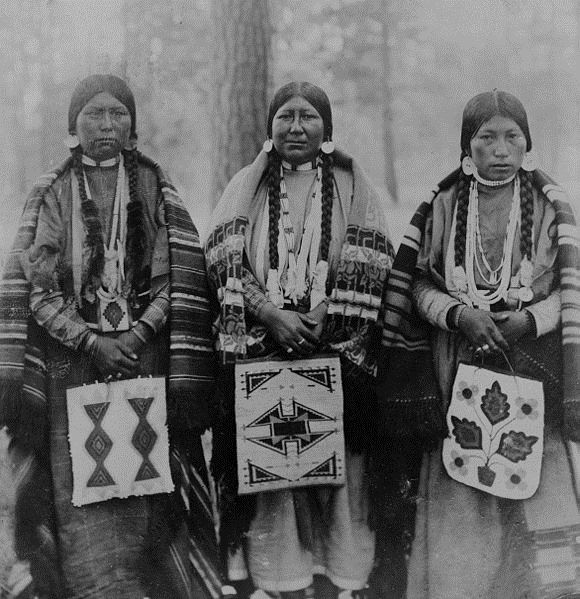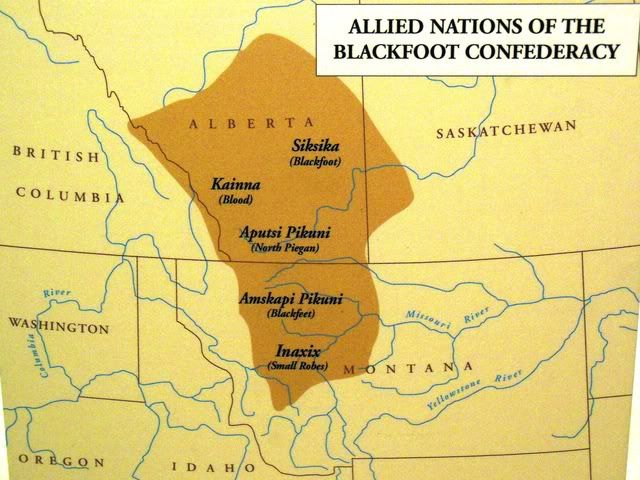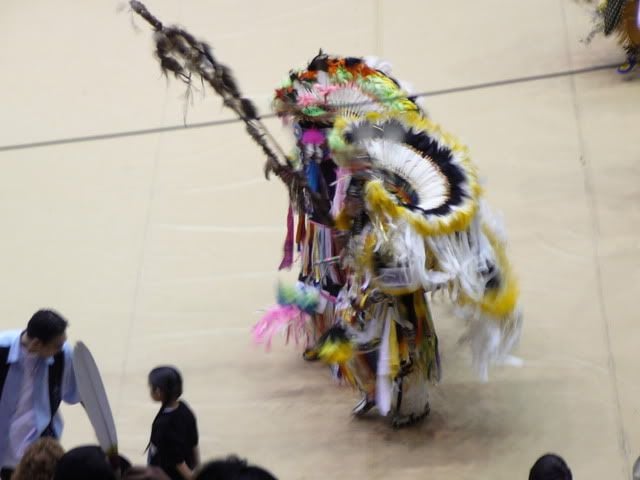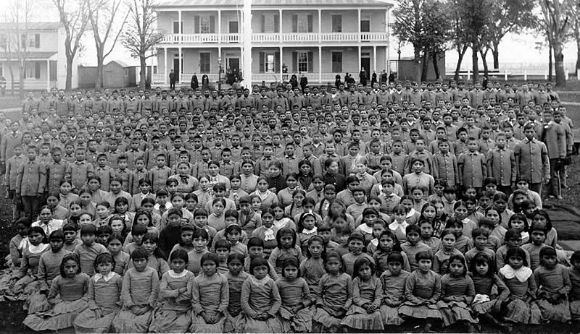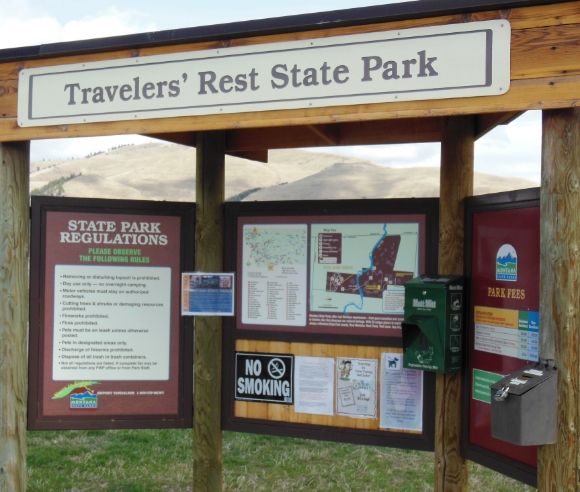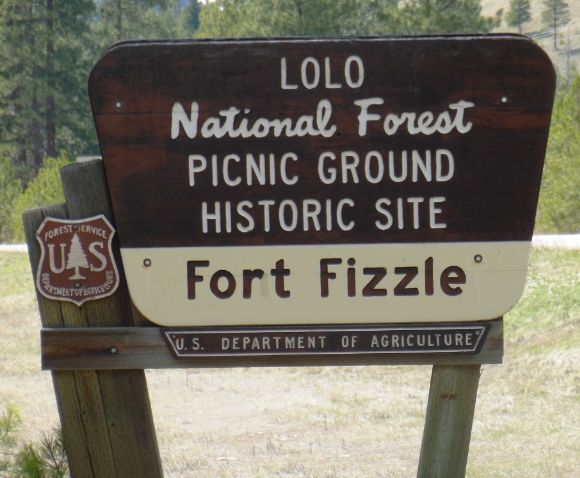The Cedar People (Photo Diary)
The Heritage Museum in Astoria, Oregon has one gallery devoted to displays and interpretation of the Native peoples of the Columbia River: Clatsop, Chinook, Kathlament, Klatskanie, and Tillamook. The Clatsop occupied the areas of Astoria, Warrenton, and down the coast to Seaside. The Klatskanie lived inland along the coastal range. The Kathlamet lived farther upriver. … Continued
